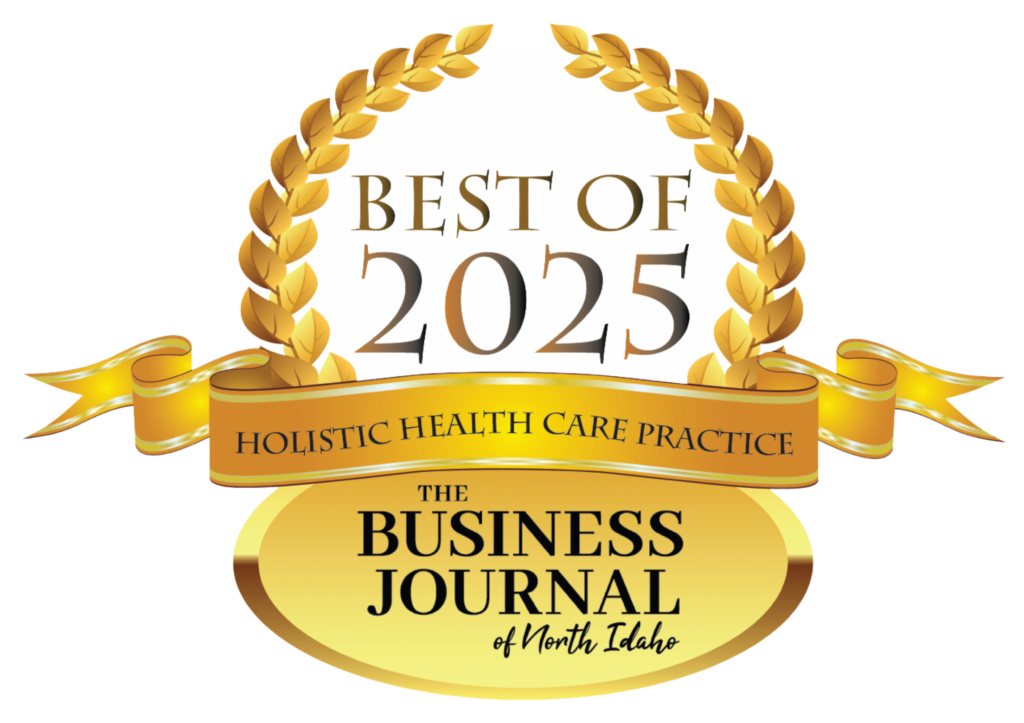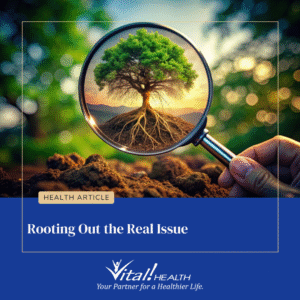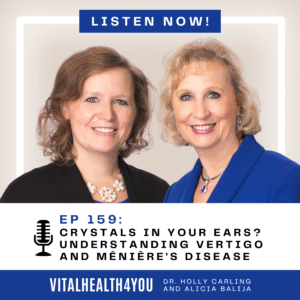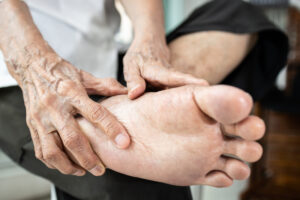Osteoarthritis(OA), a type of arthritis characterized by the degeneration of cartilage in a joint, is one of many conditions with a seemingly hopeless prognosis. Typically, patients diagnosed with osteoarthritis are told that cartilage simply does not regenerate, and thus they are destined for a joint replacement or other surgical intervention. However, there is significant evidence supporting our clinical experience that cartilage can, in fact repair itself. One study supporting this claim appeared in the Journal of Rheumatology in 2006. In this study of 124 individuals, their degree of “cartilage defects” were graded and they were tracked over a 2 year period. The remarkable finding in this study was that, although many of the participants who began with little to no cartilage defects did see minor to moderate degradation, those who began with moderate to severe cartilage defects often saw an improvement in their cartilage health. In fact, of those who began with a grade 4 defect (the most severe), 80% saw an improvement!
These results beg the question, why are some joints
degenerating while others are regenerating? One consideration is that
people likely aren’t thinking as much about their joint health until they begin
having pain or are otherwise made aware of degeneration. So, what might
these people possibly being doing to improve their joint health? Well, as
you might expect, there are a myriad of factors that contribute to one’s
ability to maintain joint and bone health.
One critical component to maintaining cartilage integrity as well as
lubricating our joint spaces is the activity of glycosaminoglycans (GAGs). You are almost certainly familiar with
glucosamine and chondroitin, just a couple of the many nutrients that feed
directly into the GAG mechanism, but there are many other factors that need to
be investigated to promote long-term joint health.
A few of these mechanisms include nutritional components like minerals (especially calcium), Vitamin D and Vitamin K2, as well as the many complex relationships between endocrine glands that must all be functioning harmoniously to properly regulate bone and joint health. Often, the focus on joint health is in nutrition and physical activity, which are both highly influential, but in my opinion, one of the best tools for improving joint health is acupuncture. Sure, acupuncture is exceptional for managing pain (many of my patients with OA have their pain reduced by 50% or more in their first treatment), but it does SO MUCH MORE. Numerous studies have exhibited its effects on everything from increasing the activity of GAGs and stem cells to other mechanisms also influential in the repair of tissues. If you’d like to get serious about improving your joint health, give us a call!
©2020 Vital Health







